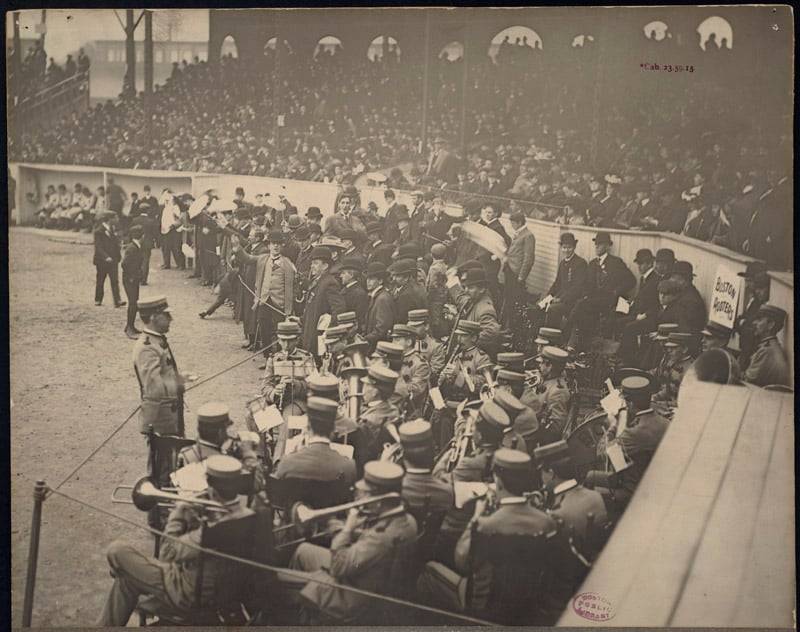While it’s become second nature to hear “The Star-Spangled Banner” before sporting events, have you ever stopped to ponder why it’s played?
“The Star-Spangled Banner” is more than just a song; it’s an iconic anthem that captures the spirit of a nation, recounting a pivotal battle from the War of 1812. Its presence at sporting events has woven itself into the fabric of American sports culture, yet opinions on its necessity remain varied.
We often take for granted the familiar strains echoing through stadiums and arenas before the excitement of a game. But have you ever paused to wonder why this tradition began?

The answer takes us back to the somber days of World War I, when the anthem became a powerful reminder of national pride and resilience.
A pivotal moment
The tradition of playing the national anthem at sporting events emerged during a time of great sorrow for the nation. While baseball fans occasionally heard the song performed by military bands in the late 19th century, it wasn’t until March 3, 1931, that Congress officially designated “The Star-Spangled Banner” as the national anthem.
A pivotal moment occurred on September 5, 1918, during Game 1 of the World Series between the Boston Red Sox and the Chicago Cubs.
